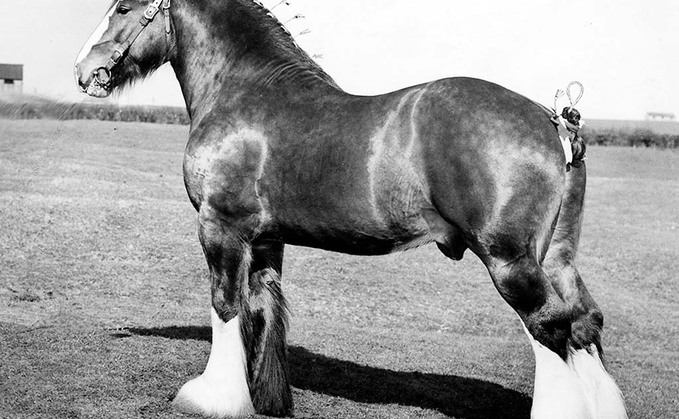
Once intrinsic to Great British industry, the Shire horse is a breed steeped in heritage. Hannah Park looks back on their heyday and what the future has in store for this iconic animal. Considerable...

Once intrinsic to Great British industry, the Shire horse is a breed steeped in heritage. Hannah Park looks back on their heyday and what the future has in store for this iconic animal. Considerable...

WATER ABSTRACTION LICENCES FOR SALE

Outdoor Beef Finishing Coral System, available